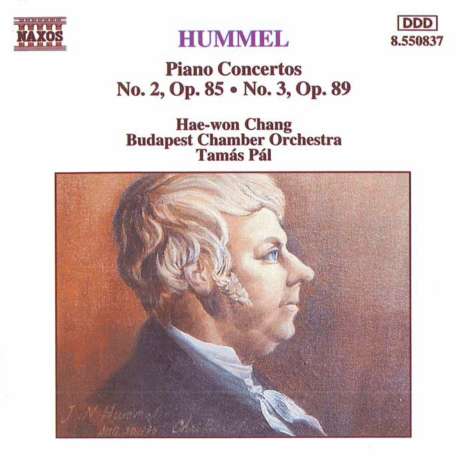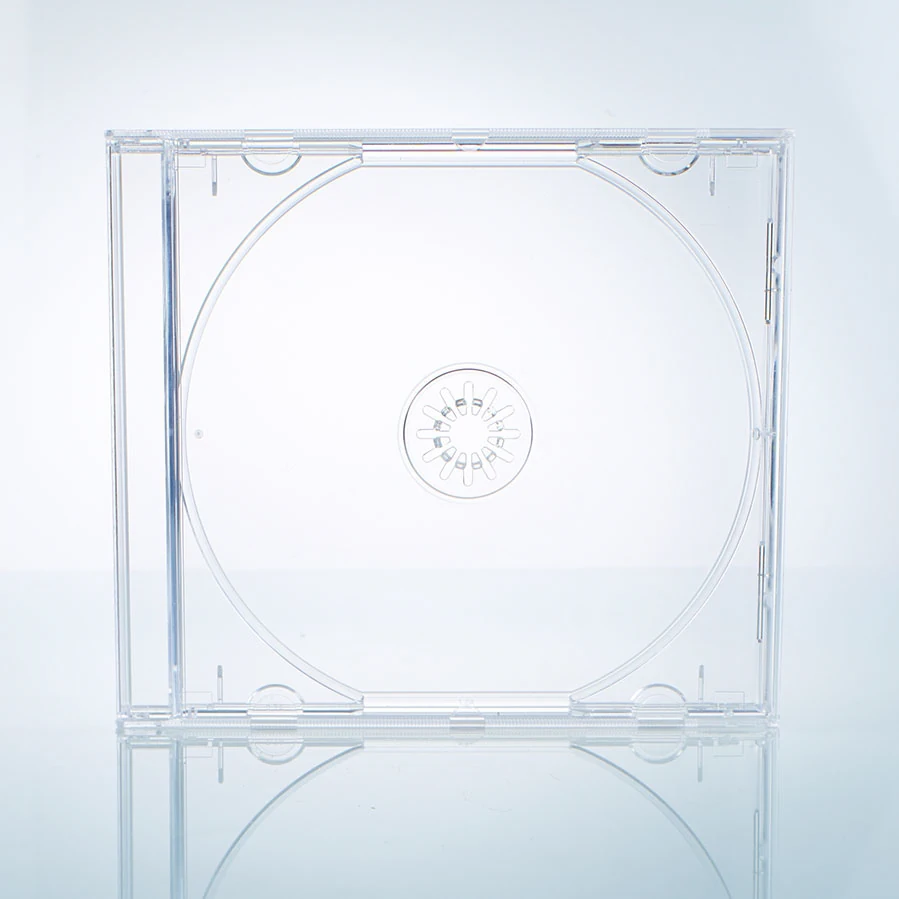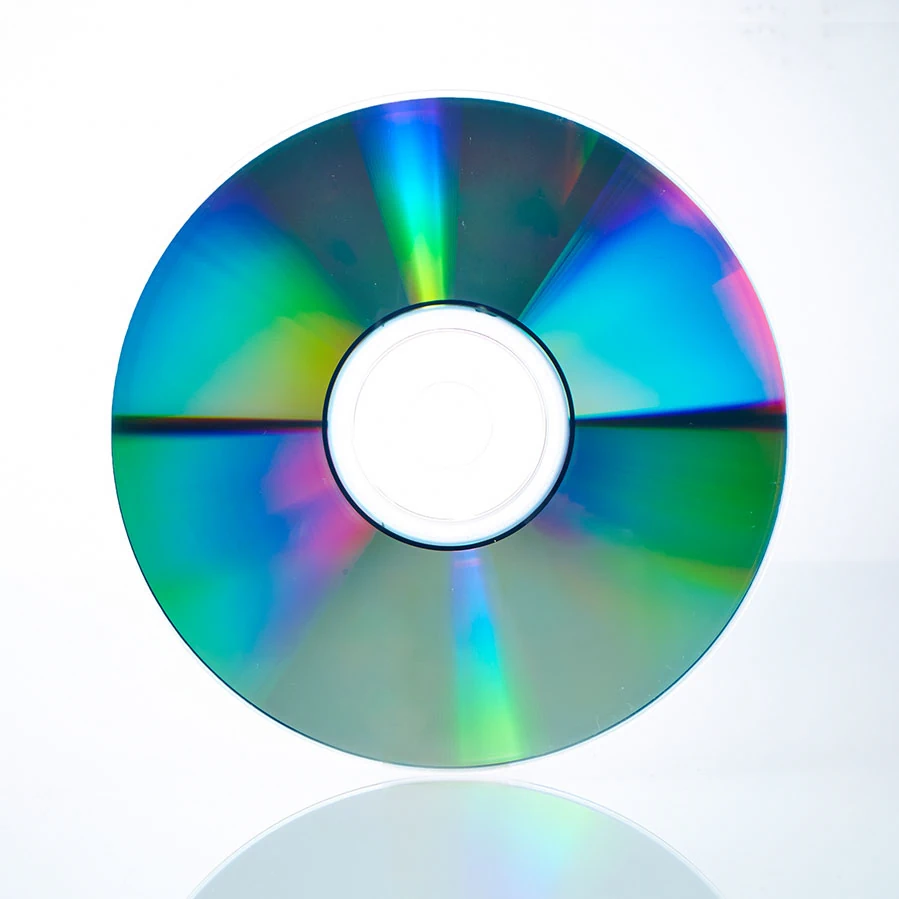Johann Nepomuk Hummel: Klavierkonzerte op.85 & op.89 auf CD
Klavierkonzerte op.85 & op.89
Herkömmliche CD, die mit allen CD-Playern und Computerlaufwerken, aber auch mit den meisten SACD- oder Multiplayern abspielbar ist.
Lassen Sie sich über unseren eCourier benachrichtigen, falls das Produkt bestellt werden kann.
- Künstler:
- Hae-wo Chang, Budapest Chamber Orchestra, Tamas Pal
- Label:
- Naxos
- Aufnahmejahr ca.:
- 1987
- UPC/EAN:
- 4891030508378
- Erscheinungstermin:
- 25.9.1995
Ähnliche Artikel
1828 veröffentlichte Hummel seine Studie über die Spieltechnik des Klaviers, ein Werk, das sofort großen Erfolg hatte und sich als wertvolle Quelle für unser Wissen über die zeitgenössische Aufführungspraxis erwiesen hat. Gegen Ende seines Lebens ließ seine Brillanz als Spieler nach, und dies war schließlich das Zeitalter von Liszt und eine neue Schule der Klaviervirtuosität. Hummel stellte lediglich eine Fortsetzung des klassischen Spielstils seines Lehrers Mozart dar. Als Komponist scheint er diesen Stil bis in die Zeit Chopins auszudehnen.
Das Klavierkonzert in a-Moll, Opus 85, wurde wahrscheinlich 1816 in Wien geschrieben und 1821 veröffentlicht. Das Werk ist gekonnt instrumentiert, von glücklicher melodischer Erfindung geprägt, mit unermüdlichem Anspruch an die Brillanz des Solisten und zuweilen an Hummels Zeitgenosse Beethoven erinnernd, mit dem er eine besondere Beziehung pflegte. Hummel bietet natürlich ein vorhersehbareres Konzert, das zu einem funkelnden Schluss führt.
Das Klavierkonzert in h-Moll, Opus 89, entstand 1819, nach Hummels Berufung nach Weimar, nach einer kurzen Zeit als Kapellmeister in Stuttgart, und wurde zwei Jahre später in Leipzig veröffentlicht. Es beginnt mit der ominösen Begleitung von Pauken und stellt in seinen drei Sätzen erneut verblüffende Anforderungen an das Können des Solisten, innerhalb einer musikalischen Sprache, die immer gelungen und niemals fad ist.
Product Information
In 1828 Hummel published his study of pianoforte performance technique, a work that enjoyed immediate success, and has proved a valuable source for our knowledge of contemporary performance practice. Towards the end of his life his brilliance as player diminished, and this, after all, was the age of Liszt and a new school of piano virtuosity. Hummel represented, rather, a continuation of the classical style of playing of his teacher, Mozart. As a composer he seems to extend that style into the age of Chopin.
The Piano Concerto in A Minor, Opus 85, was written in Vienna probably in 1816 and published in 1821. The work is skilfully orchestrated, marked by happy melodic invention, with tireless demands on the brilliance of the soloist, reminding us at times of Hummels contemporary Beethoven, with whom he enjoyed a varying relationship. Hummel, of course, offers a more predictable concerto, leading to a final sparkling conclusion.
The Piano Concerto in B Minor, Opus 89, was written in 1819, after Hummel’s appointment to Weimar, following a brief spell as Kapellmeister at Stuttgart, and published in Leipzig two years later. It opens with the ominous accompaniment of timpani and again presents in its three movements startling demands on the skill of the soloist, within a musical idiom that is always felicitous and never vapid.
Disk 1 von 1 (CD)
Konzert für Klavier und Orchester Nr. 2 a-moll op. 85
-
1 1. Allegro moderato
-
2 2. Larghetto
-
3 3. Rondo: Allegro moderato
Konzert für Klavier und Orchester Nr. 3 h-moll op. 89
-
4 1. Allegro moderato
-
5 2. Larghetto
-
6 3. Finale: Vivace
Mehr von Johann Nepomuk ...
-
Johann Nepomuk HummelDer Durchzug durchs Rote MeerCDAktueller Preis: EUR 7,99
-
Johann Nepomuk HummelKlavierquintett op.87CDVorheriger Preis EUR 12,99, reduziert um 0%Aktueller Preis: EUR 7,99
-
Alison Balsom spielt TrompetenkonzerteCDAktueller Preis: EUR 19,99
-
Sophie Dervaux - Mozart / Hummel / VanhalCDAktueller Preis: EUR 19,99










